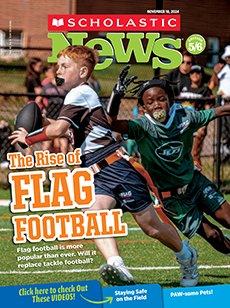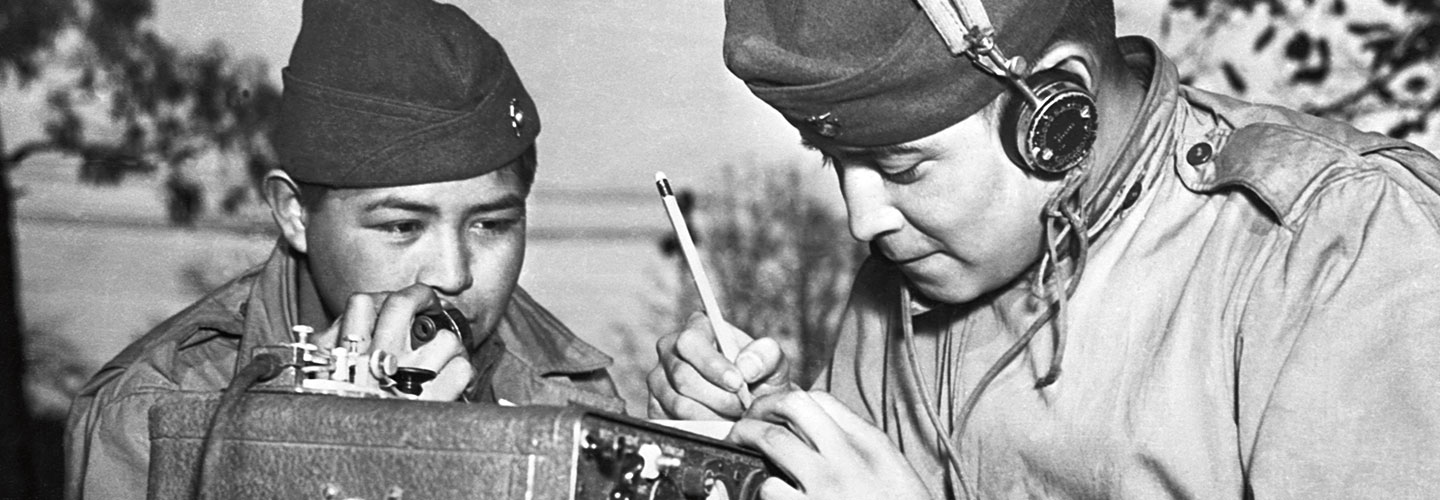The nation was shocked. On the morning of December 7, 1941, Japanese planes and submarines carried out a sneak attack on Pearl Harbor, a U.S. military base in Hawaii. More than 2,400 people were killed. The horrific attack prompted the U.S. to enter World War II the next day.
In the months that followed, millions of Americans enlisted in the armed forces. One of them was Sam Sandoval, a 19-year-old member of the largest American Indian group, the Navajo. He joined the U.S. Marine Corps after graduating from high school. When Sandoval arrived at a base in Oceanside, California, he found out he would be trained to become one of the Marines’ most important secret weapons: a code talker.
The military uses secret codes to relay messages, like battle plans and troop movements, so the enemy cannot understand them. Sandoval, now age 94, was one of more than 400 Navajos who served as code talkers during World War II. They used their native language to create a secret code that helped the U.S. and its allies win the war.
The nation was shocked. On the morning of December 7, 1941, Japanese planes and submarines carried out a sneak attack on Pearl Harbor, a U.S. military base in Hawaii. More than 2,400 people were killed. The horrific attack prompted the U.S. to enter World War II the next day.
In the months that followed, millions of Americans enlisted in the armed forces. One of them was Sam Sandoval. He was a 19-year-old member of the largest American Indian group, the Navajo. He joined the U.S. Marine Corps after graduating from high school. When Sandoval arrived at a base in Oceanside, California, he found out he would be trained to become one of the Marines’ most important secret weapons: a code talker.
The military uses secret codes to relay messages, like battle plans and troop movements, so the enemy cannot understand them. Sandoval, now age 94, was one of more than 400 Navajos who served as code talkers during World War II. They used their native language to create a secret code. The code helped the U.S. and its allies win the war.

